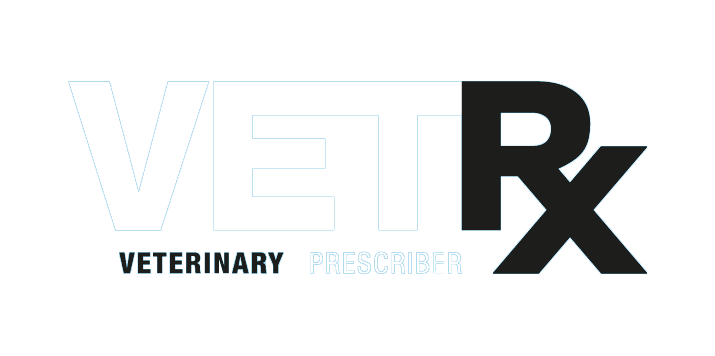The dog's blog no. 11: Health and environment - do we need to choose between them?
Health and environment - do we need to choose between them?
Recently, the Telegraph reported the results of a study by the charity Bugslife, which found high levels of the parasiticide imidacloprid in several UK rivers. The charity concluded that products used to control fleas on pets were the most likely source of the chemical.
There are twelve brands of medicines for cats and dogs in the UK containing imidacloprid. All, apart from one (Seresto collar) are spot-on products (e.g. Advantage, Advocate, Bob Martin Double Action, Johnson's 4Fleas). But imidacloprid is only one out of more than 20 parasiticides included in pet products used to control fleas and ticks.
Untill now, little attention has been paid to the contribution to environmental pollution made by products used to control parasites on pets. The focus has been on those used in farming and agriculture. There might even have been an assumption that pet products have an insignificant impact.
It's not easy to find helpful information about the harm pet parasiticides might be doing to the environment and how to prevent it. There is a recognition by medicines regulators that the chemicals are indiscriminate and could harm fish and other aquatic organisms. This is reflected in messages to users in the package leaflets, warning that the products should not be disposed of via wastewater or household waste; that treated animals should not enter water courses; and that dogs should not be allowed to swim for a certain time after treatment. Although the chance of pet owners reading these warnings is slim (see last month's blog Medicines information for pet owners is stuck in the dark ages).
Whether there's any difference between different drugs in their potential for harm (either intrinsically, or because of their likelihood of getting into water - e.g. products applied to the skin versus products given by mouth), is not clear or maybe hasn't been explored.
So what can be done to avoid harming the environment? Avoiding parasiticides altogether is clearly not an option. Not only do they protect the health of our pets, they also keep us healthy by preventing certain diseases that can be transmitted to humans. So a balance is needed. For a start we should not use more than is needed.
There are different strategies for using parasiticides. At one extreme is a blanket use of preventive parasiticides in all animals. At the other extreme is a 'test and treat' approach, whereby animals are only treated if they are known to be infected. There are problems with both approaches. In this country, the policy recommended by ESCCAP UK and Ireland (an independent specialist parasitology organisation) is a risk-based approach, in which the use of parasiticides is tailored to an animal's needs and takes into consideration its lifestyle. To what extent this policy is followed in practice is not known.
My own experience suggests that parasiticides are over-prescribed in veterinary practice. When Moscow arrived, he was being prescribed: Seresto collar (imidacloprid+ flumethrin), monthly Advocate spot-on (imidacloprid + moxidectin) and monthly Miquantel (milbemycin + praziquantel). Was this duplication and overkill due to poor knowledge, a restricted choice of products, or incentives to prescribe? Could this be the effect of practice pet health plans?
Our purpose...
......is to provide busy veterinary professionals with impartial information on veterinary medicines with which to make treatment decisions in the best interests of animals, their owners and the environment. We mainly do this through the Virtual Veterinary Medicines Academy where our evidence-based peer-reviewed appraisals are the result of a rigorous research and editorial process and are presented succinctly in our multi-media CPD modules. We’re independent: we don’t sell ads, or receive commercial support. We’re funded by subscribers so you can be sure the information we provide is completely objective. Subscribers get unlimited access to the Virtual Veterinary Medicines Academy.
